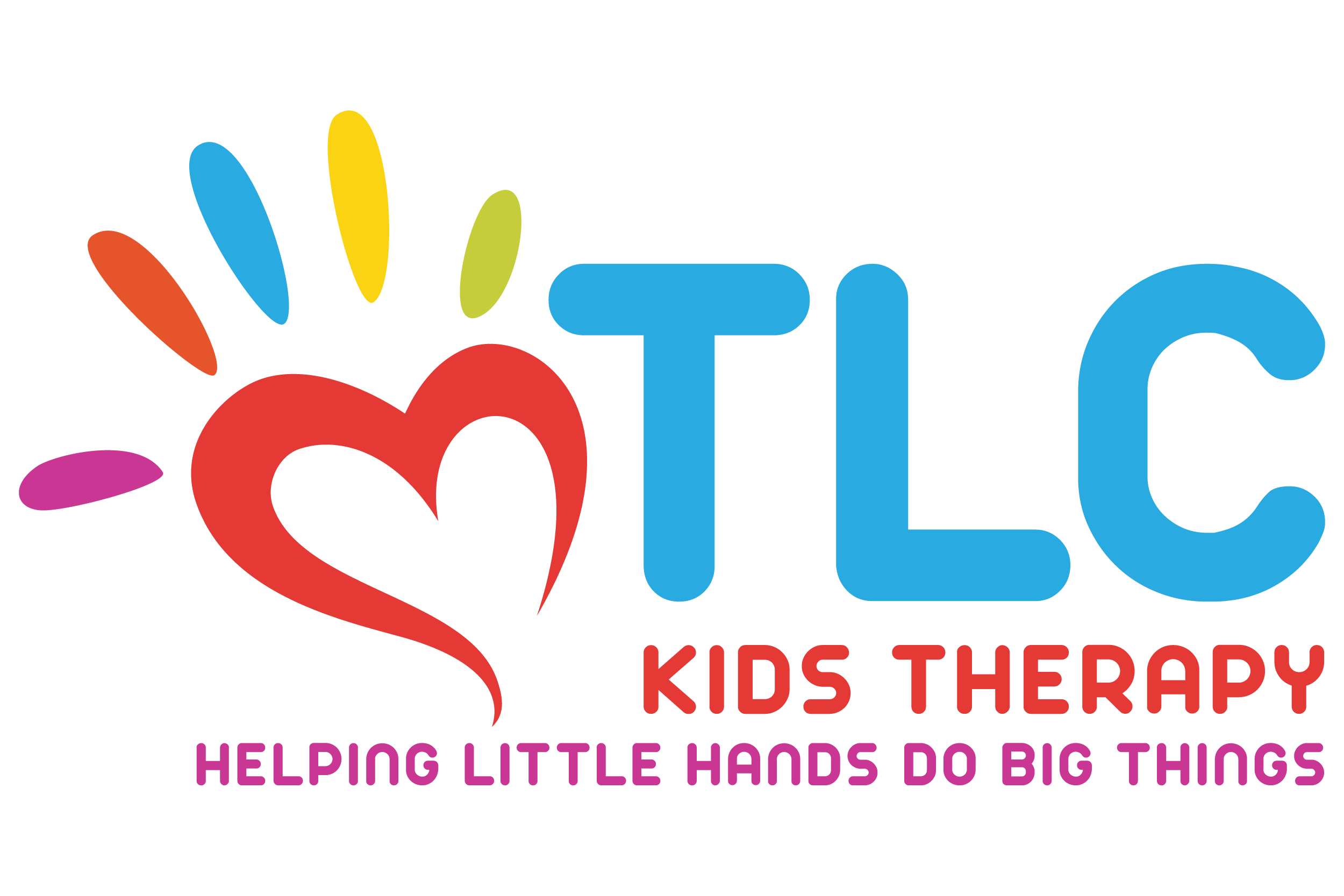So your child is throwing a tantrum that you’re having trouble controlling and/or understanding. Is it a sensory or behavioral issue? Let’s start with what is sensory processing and what behaviors might come from a sensory processing disorder.
Sensory processing is the process that organizes sensation from one’s own body and the environment making it possible to use their body in the environment effectively. Sensory processing disorder (SPD) is a neurological disorder causing a child to have difficulties with taking in, processing and responding to sensory information from the environment and within their body. This comes in the form of visual, auditory, tactile, olfaction, gustatory, vestibular and/or proprioceptive input. This can be hypo reactive or hyper reactive…meaning one child may show no sign of pain when they hurt themselves while another can experience pain from the slightest touch.
A child with sensory processing difficulties might exhibit a variety of sensory seeking and/or defensive behaviors. These may include constantly being on the go, jumping and climbing over furniture excessively, an inability to focus attention, seeking out hugs and excessive touch, mouthing non food items, discomfort with sounds, touch, movement based activities, shying away from playground equipment, covering their ears for average sounds, and being a picky eater.
Children with sensory processing issues can also experience sensory meltdowns. This is very different from a temper tantrum. Sensory sensitivity to noise, lights, crowds, or touch can cause children who have sensory processing disorders to become confused and frightened. Their senses may become overwhelmed leading to reactions that parents perceive as behavior problems when they are really just signs of sensory overload.
Sensory meltdowns are not like tantrums in that the child rarely cares whether anyone pays him or her attention. The meltdown is also unlikely to disappear as soon as the need is met. Instead, it will disappear slowly after the offensive stimulus has been removed.
From a behavioral standpoint, temper tantrums frequently occur because young children are not equipped to express frustration in other ways. Even their limited vocabularies can make them feel frustrated to the point of throwing a fit. Perhaps the child wants a toy but it doesn’t belong to them or they don’t have the ability to purchase it themselves. Perhaps they’re playing at the park and want to stay, but the parents say that it’s time to go. These events can turn into tantrums, especially when children are put in situations that can spark strong emotions. The behavior typically subsides once the child gets enough attention or has his or her wants met.
Plans for handling sensory meltdowns and temper tantrums must differ because these are different types of events. Developing plans for each type of event now can help parents calm their children whenever they have tantrums or sensory meltdowns. Consulting with a licensed occupational therapist and behaviorist are the first steps to take to determine a plan to reduce or eliminate these behaviors. B
